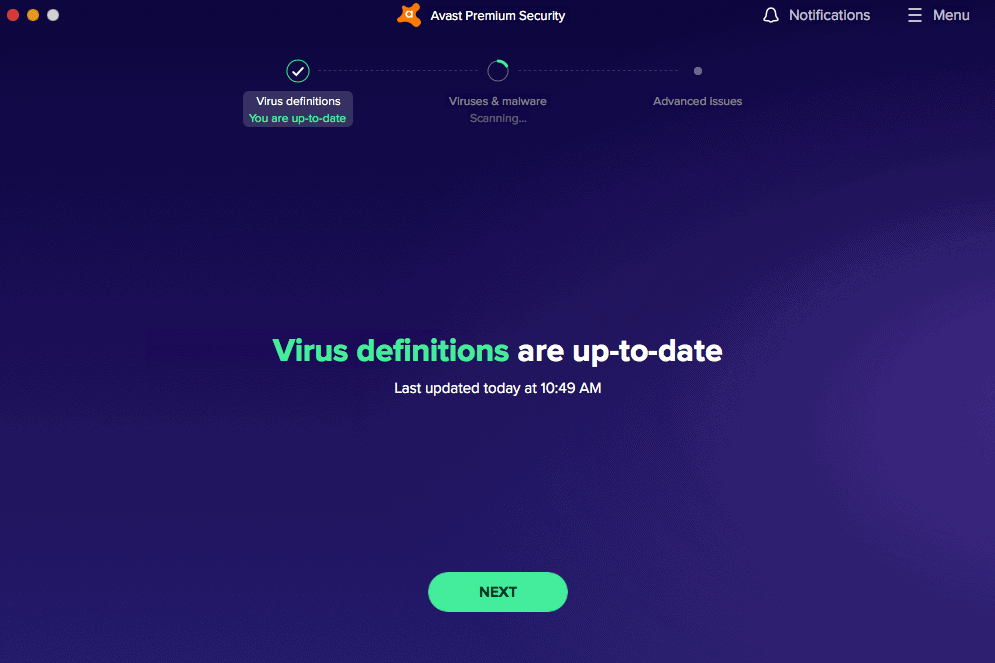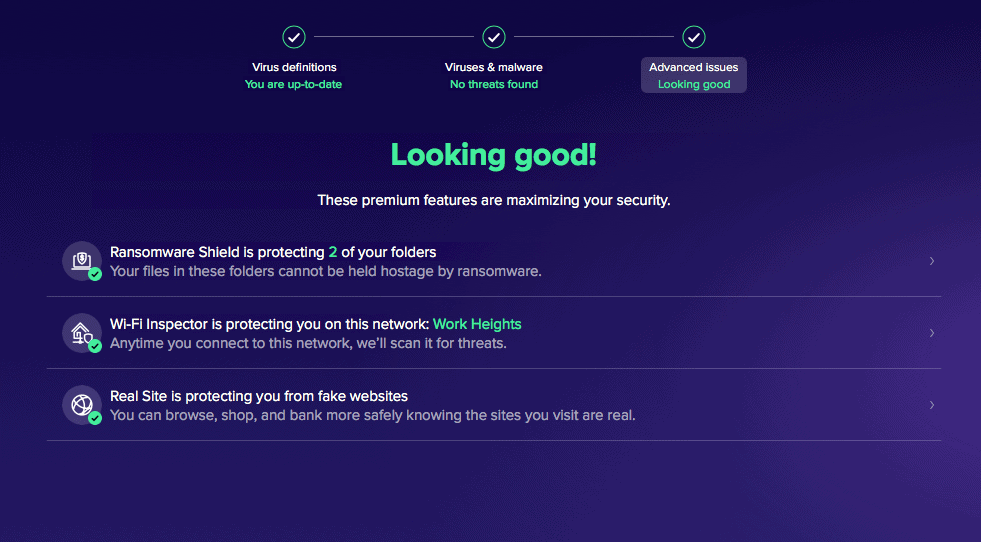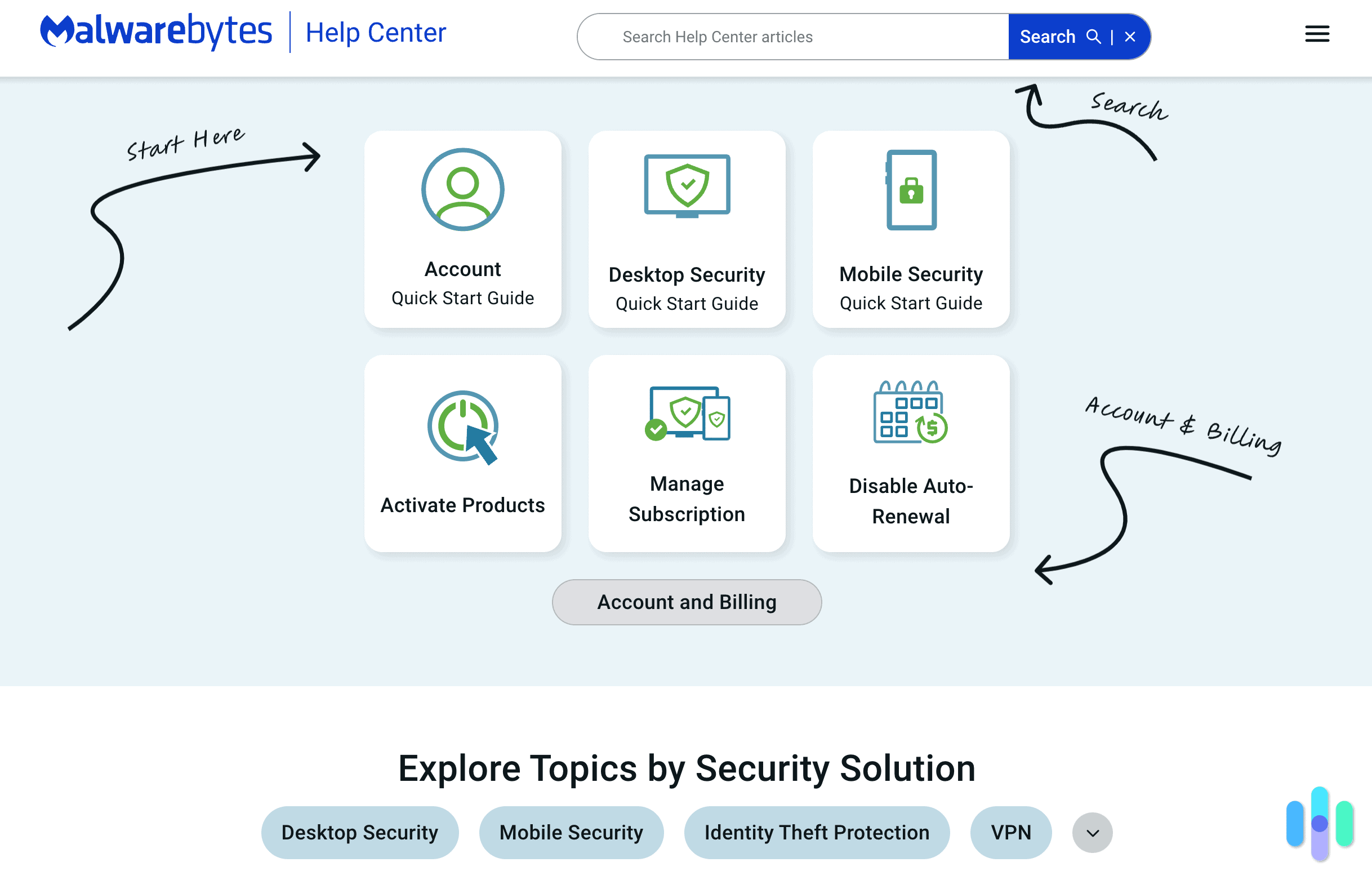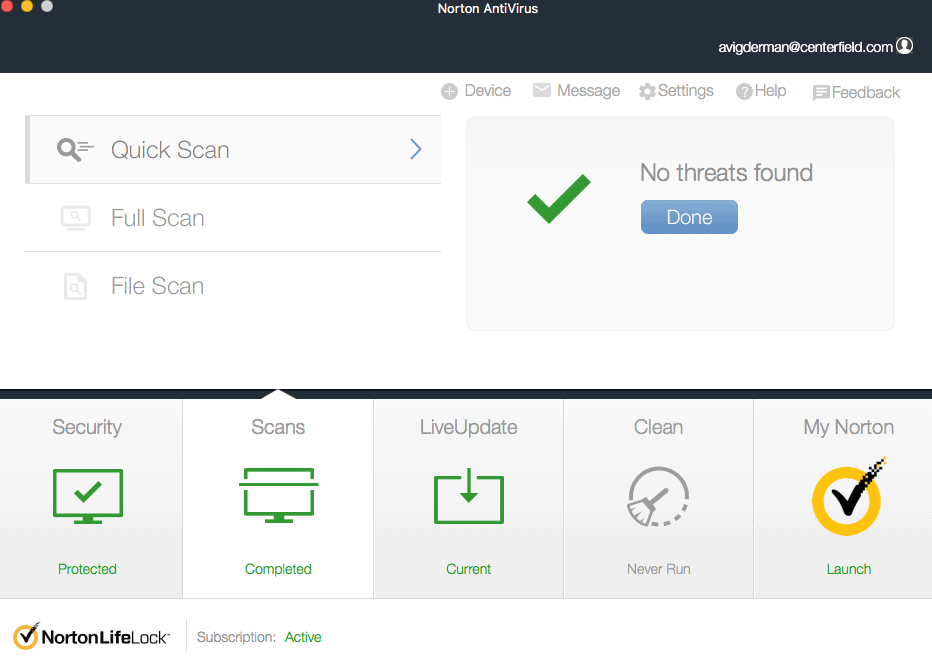Is This Link Safe?
Paste a URL before visiting to check for phishing attempts, fake websites, and malware.
By entering a URL you agree to our terms of service and privacy policy.
Why Use Our URL Checker
Have you ever heard the phrase “think before you click”? Far too many bad things can happen by simply clicking a link. You could lose money to an online scam, get your identity stolen, or let malicious programs enter your device.
Whenever you’re in doubt, use our URL checker to see if a link is safe. Simply copy and paste the link (but don’t click it just yet!) into our URL checker, and we’ll check it for you.
How the Link Checker Works
Our Link Checker scans for phishing attempts, fake websites, malware, and other hidden dangers. Here’s a rundown of each.
1. Phishing Websites
A phishing attack is when a scammer sends unsolicited messages to get potential victims to open a link — often under the guise of an urgent matter. The link will lead them to a fake website where sensitive information will be collected and used for identity theft or to steal login credentials or payment information.
2. Fake Websites
Some fake websites impersonate legitimate businesses such as banks to steal passwords and other relevant information to set up an account takeover. Others pretend to be an online store, only to run away with your money once you check out.
3. Malware-Ridden Websites
You can get malware just by clicking a link in what’s called a drive-by download. The malicious page downloads malware directly onto your device without any input from you. Cybercriminals use the technique to spread credential-stealing malware and spyware.
How to Spot Dangerous Links
Unfortunately, there’s no way to tell if a link is safe just by eyeballing it. You’d need a link checker like ours, a good antivirus software, or a VPN that can detect malicious websites. There are, however, several ways to tell if a website is unsafe so you know which ones not to click.
Here are some dead giveaways that a link or URL leads to a phishing, fake, or malware-ridden web page.
- Misspelled words: Carefully check the URL and look for misspelled words, such as gooogle.com instead of google.com.
- Substituted letters or characters: Similarly look for letters that may have been substituted. Look carefully, because they’re not always easy to spot (e.g. arnazon.com instead of amazon.com)!
- Sites made with free website builders: Anyone can make a website for free using tools such as WordPress, Wix, and Weebly, but the URL of those free websites contain the site-builder tool used (e.g. legitimatewebsite.wordpress.com). No bank, retailer, or big-name company will use a free website builder.
- HTTP vs. HTTPS: Most big-name companies use HTTPS as opposed to HTTP to transmit data securely from their website to your device and vice versa. Hover your mouse over a link (but don’t click!) and look at the bottom right corner of your browser. If you see “http://” instead of “https://”, you should think twice about clicking that link.
- Identify the sender: In the case of phishing links, simply looking at who sent it may tell you it’s a scam. Look at the sender’s email address and look for misspelled words and substituted characters.
If you see those signs, the URL is clearly not safe to click. A lack of those indications doesn’t necessarily mean the link is safe though. That’s why we built this tool — to give internet users a surefire way to identify dangerous links and stay safe online.
Methodology: How Our URL Checker Works
Security.org’s URL checker uses advanced methods to detect potentially dangerous links. That involves cross-checking URLs and other web pages within the same domain with real-time databases of known malicious websites. That means even if the specific link (e.g. fakebook.com/fake-profile/) isn’t on the list of dangerous pages, our URL checker will still be able to catch it if one or more links in the same domain has been blacklisted (e.g. other fakebook.com pages).
But you don’t have to worry about all that technical stuff. We made this URL checker to be as simple to use as possible. All you need to do is copy and paste the URL in question, and we’ll tell you whether it’s safe to open. It’s a free tool, so bookmark this page and feel free to use it whenever you need it.
Frequently Asked Questions
-
What is a URL?
URL stands for universal resource locator, which is what you type into your browser’s address bar to access a web page. It’s also sometimes known as a web address.
-
What are malicious URLs?
Malicious URLs lead to pages that contain malware or are used to steal sensitive personal information or money. Malicious URLs are often spread through scam email and social media accounts.
-
What happens if I click on a malicious link?
If you click on a malicious link, it opens a malware-ridden or fake website and the scam begins. The website might ask you to enter sensitive information such as login credentials and payment information. Even worse, the malicious site may download malware onto your device without your knowledge.
-
Can antivirus software detect malicious URLs?
Most antiviruses will be able to detect malware coming from malicious websites, but not all of them can detect phishing sites. Phishing sites don’t normally contain malware, so unless the antivirus software uses a URL checker like ours, it will not detect phishing URLs.
-
Are malicious URLs spread only through emails?
No, malicious URLs are shared through multiple channels, including SMS (smishing), phone calls (vishing), or even a company’s official communication channel (spear phishing). Scammers also use other modes of communication, such as social media and online forums, to spread phishing URLs.




